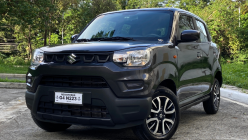When the Suzuki S Presso was released a year ago, a lot of people were excited. And that was unsurprising since the model in question came with a tough-looking, but at the same time cute SUV-like exterior design. This of course is its main selling point, and Filipinos in general are liking it. In fact, it became one of Suzuki Philippine’s top three best-selling in 2020. A great feat for a car released in the same year.
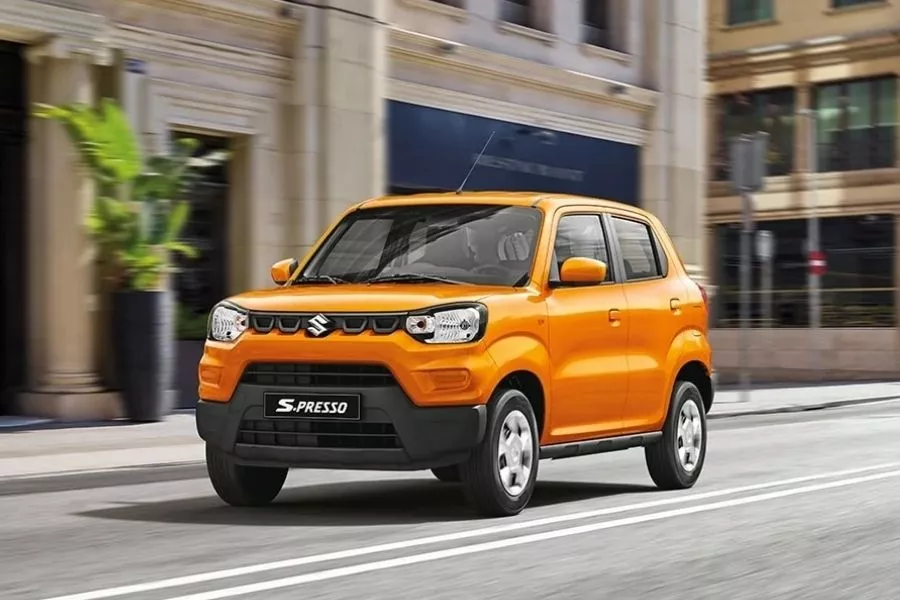
The Suzuki S-Presso
So, while many are quick to adopt the boxy-looking city car into their garages, a prospective buyer can’t help but ask: does the Suzuki S-Presso have common issues? Well, let’s talk about that.
Suzuki S-Presso: Common problems
As most S-Presso owners already know, it uses the Suzuki-made 1.0-liter K10B inline-3 engine. And while small, this gasoline mill has been around since 2008. The K-series itself is way older as its earliest example was initially introduced back in 1994.
That said, the K-series and by extension the K10B, was and still is subject to a lot of engineering improvements. And being one of the newest of the bunch, the S-Presso's K10B have been ironed out to become an economical and robust three-banger. Well, at least according to Suzuki.
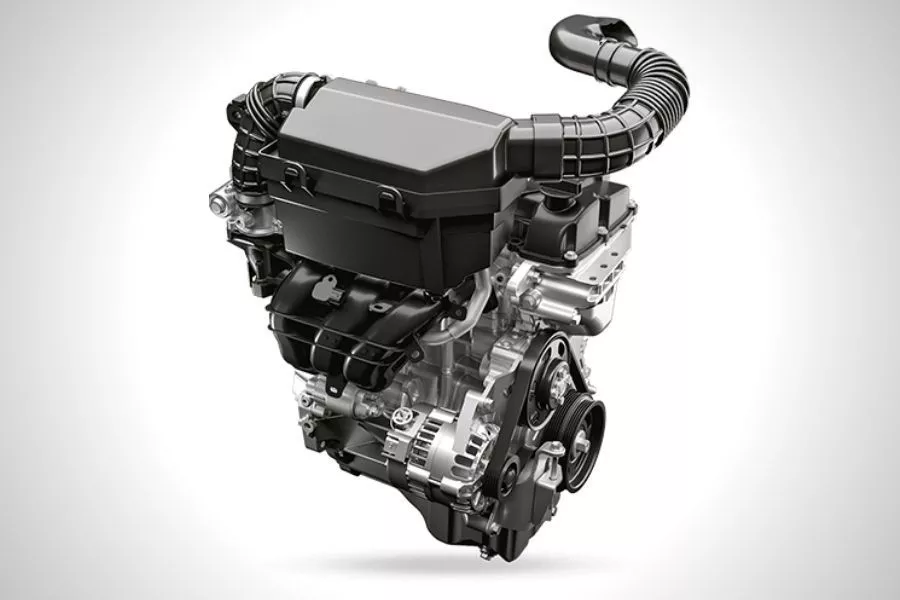
The 1.0-liter K10B inline-3 gasoline engine
Moreover, the K10B is already in use on many proven Suzuki models. These include the Celerio, the old Alto, and many other small cars sold in other markets. Just follow its manufacturer-specified maintenance schedules and all will be fine and dandy.
If you’re experiencing trouble from the S-Presso's K10B however, you might want to have that checked at your nearest Suzuki dealership. Do note that most, if not all S-Presso units running around in the country are still within warranty. The said model after all, is still a year old in the Philippine market.
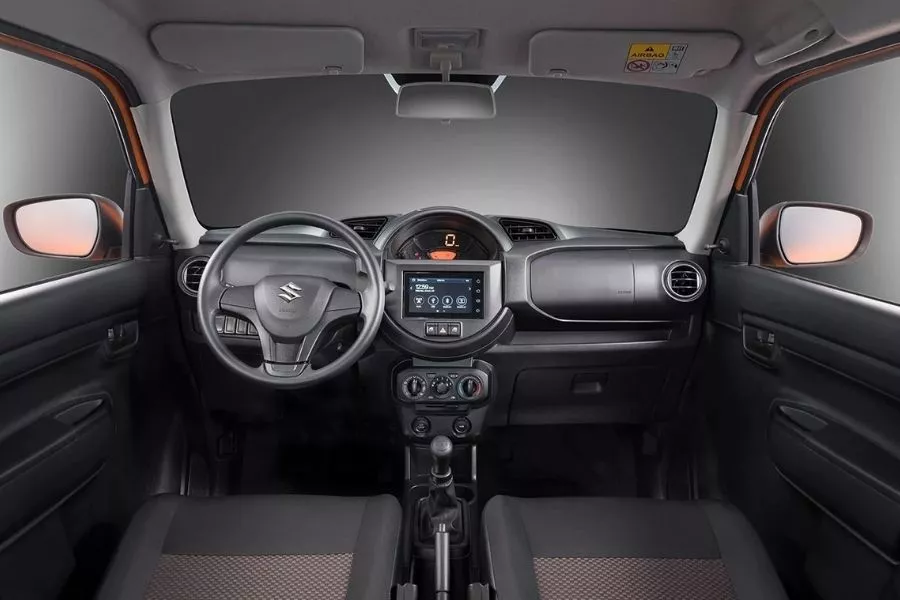
Some might like the center gauge cluster, others might not
As for actual user feedback though, the only Suzuki S-presso issue we can find are gripes about how its gauge cluster is positioned on the center of the dashboard. Most netizens are even aware of the fact that the S-Presso did not really do well on international car crash tests (New Car Assessment Programs). Then again, most also understood that those results were par for the course for cars of its price. But yeah, you can’t really “fix” these issues, can you?
Like most cars, a high mileage (100,000 km) S-Presso unit will need some thorough checks and preventive maintenance. For starters, one has to replace the air-conditioning filters, and see if the air-conditioning condenser and evaporator need cleaning or not.
Furthermore, clutch discs tend to need replacement at 100,000 km on the odometer. You will need to do this prematurely though if you feel that the S-Presso's five-speed manual gearbox is slipping or if you’re experiencing difficulty in gear shifting. If the latter is indeed the case, then we urge you to take advantage of your warranty and have it serviced at a Suzuki casa.
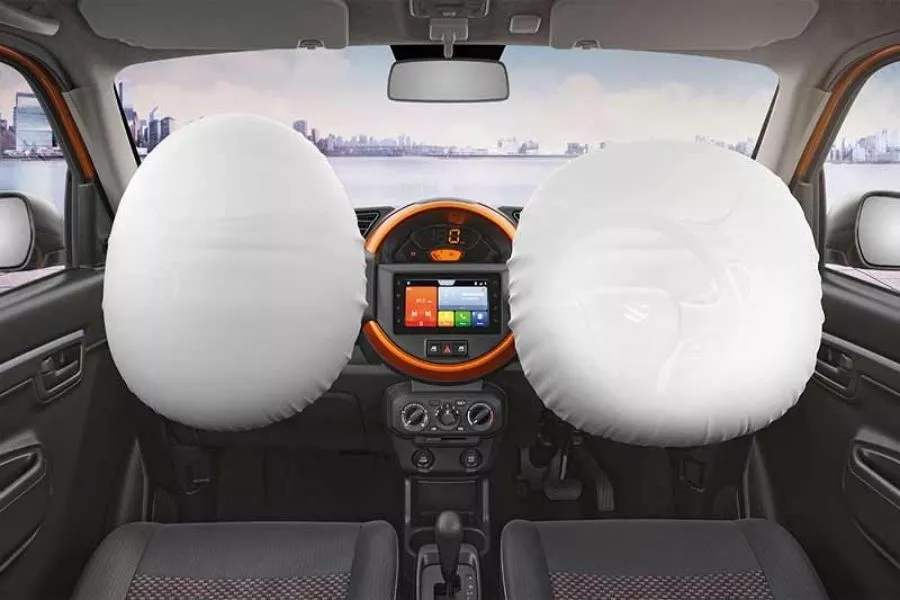
The S-Presso's dual front airbags
Then there are the other accessories that you need to watch out for wear and tear. These include the alternator, the car’s timing chain, front disc brakes, among others.
And finally, a car’s stock battery will last up to two to three years. After which, one should replace it for good measure.
As a last point, do give your S-Presso a thorough walk-around if you recently ran it through a flood. Focus on the underside of the vehicle and remove any dirt and debris as needed. Also, check the brakes and the condition of the car’s suspension system. Look out for early signs of rust.
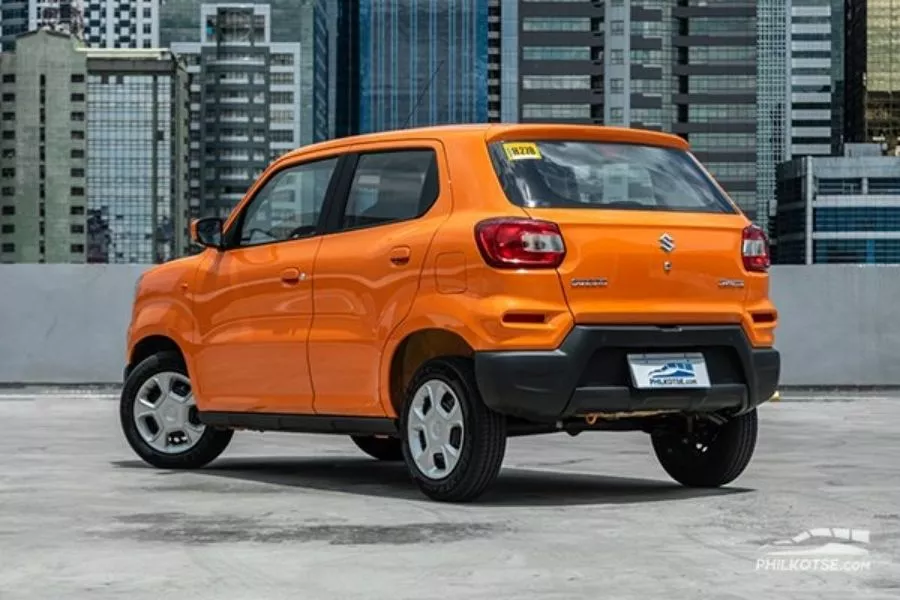
A lot of folks will appreciate the S-Presso's 180mm of ground clearance
Moreover, one should consider the possibility that your car’s oil has gotten contaminated by water. Take out the dipstick and if you see discolored or milky oil, chances are it has mixed with water. If this is the case, don’t start your engine and instead have it towed to the nearest casa for a check.
For more car maintenance guides, keep it here on Philkotse.com.
Know more about Suzuki S-Presso 2025

The Suzuki S-Presso 2025 is a five-seater city car. In the Philippines, it has two available trims. These are the S-Presso GL 1.0 MT and the GL 1.0 AGS. The GL MT is priced at Php 634,000, while the AGS version retails at 674,000.
Size-wise, the S-Presso 2025 has a length of 3,565mm, a width of 1,529mm, and a height of 1,565mm. It also has a ground clearance of 180mm.
Locally, the S-Presso competes against the likes of the Toyota Wigo, Mitsubishi Mirage hatchback, Honda Brio, among others.
>>> New and used Suzuki S-Presso 2025 for sale in the Philippines
Toyota Wigo TRD-S vs Suzuki S-Presso AGS | Philkotse Spec Check
Suzuki S-Presso Launch
The model was introduced to Indian customers in 2019, eventually making its way to the Philippines in 2020. It replaced the Alto K10 in Suzuki’s Indian lineup as well as the Alto 800 in the carmaker’s Philippine offerings. In the Philippine release, the vehicle is available in two variants, with the option of 14-inch alloy wheels for the base model.
This is the second Suzuki Auto model named after a type of coffee, following the Suzuki Cappuccino two-seater convertible which was in production from 1991 to 1998.
Later in 2023, Suzuki Philippines updated the S-Presso. The brand likewise introduced the automatic gear-shift (AGS) model.
Suzuki S-Presso Exterior
Coming in at 3,565mm long, 1,529mm wide, and 1,565mm high, the Philippine-release Suzuki S-Presso sports a hatchback form factor, with small dimensions offset by various SUV styling cues such as prominent fenders, a high beltline, and a tall ground clearance of 180mm. The slim black grille with trapezoidal elements (chrome for top-spec SE) is surrounded by multi-reflector halogen headlamps, with cutout panels for aftermarket fog lamps below. A black resin bumper houses the front air dam and a lower lip styled as a skid plate.
At the rear, C-shaped rear combination lamps are also located high up on the body, pushed to the corners flanking the tailgate, resting above the black resin rear bumper. The S-Presso rides on a set of 14-inch steel wheels with full wheel covers for the non-SE variant, while the rest get 14-inch alloy wheels.
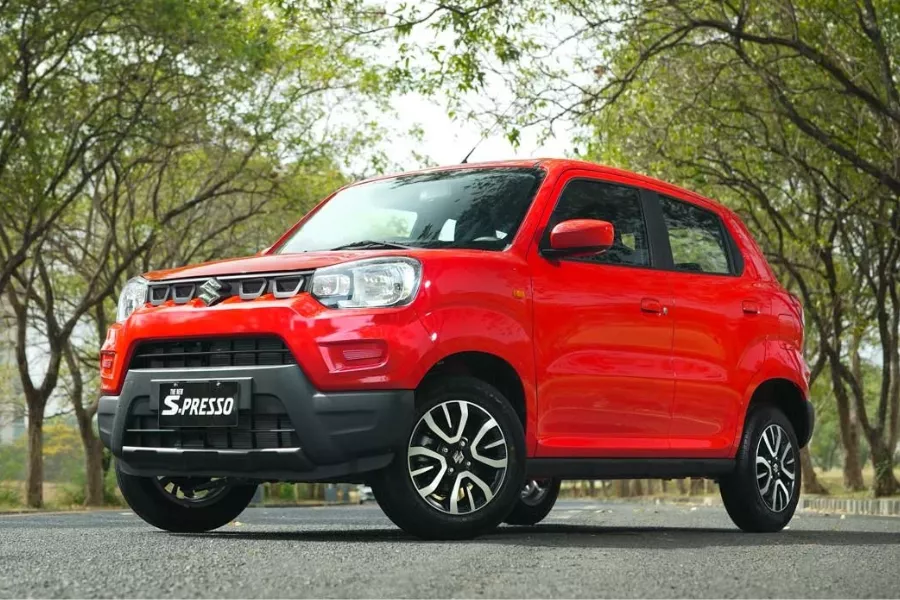
Suzuki S-Presso Interior
For the interior, the S-Presso sold in the Philippines comes in a predominantly black interior color palette. A single front-mounted cabin light provides illumination. There’s room for up to five occupants, with front seat featuring integrated headrests while the rear bench uses removable head restraints. The vinyl and fabric seats have a high hip point which provides occupants with an elevated seating position. There’s room for up to 239 liters of cargo, expandable by folding the rear seats.
Front power windows are standard equipment, with switches mounted on the dashboard. A digital instrument panel with amber backlighting is located at the center of the dashboard. There’s a front storage pocket between the front seats, as well as bottle holders on the center console and door pockets.
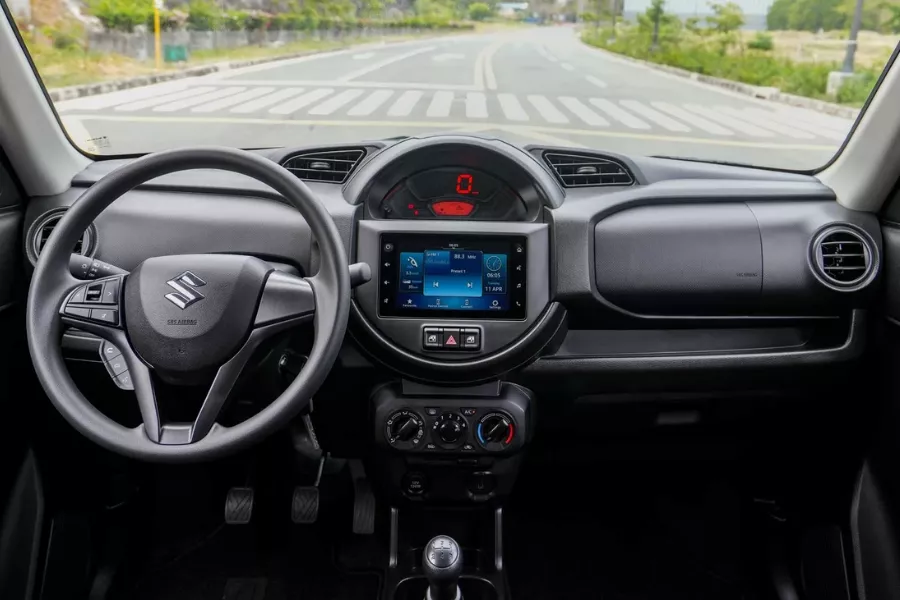
Suzuki S-Presso Colors
In the Philippines, there are 4 available Suzuki S-Presso colors. The 2025 Suzuki S-Presso can come in orange (Sizzle Orange), and there’s also a Suzuki S-Presso in silver (Metallic Silky Silver). Furthermore, one can also get the Suzuki S-Presso in a darker shade of gray (Metallic Granite Grey). And lastly, the Suzuki S-Presso can also be had in red (Fire Red).
Meanwhile, the top-of-the-line Suzuki S-Presso SE is available in Starry Blue Pearl, which creates a distinction from the non-SE variants.
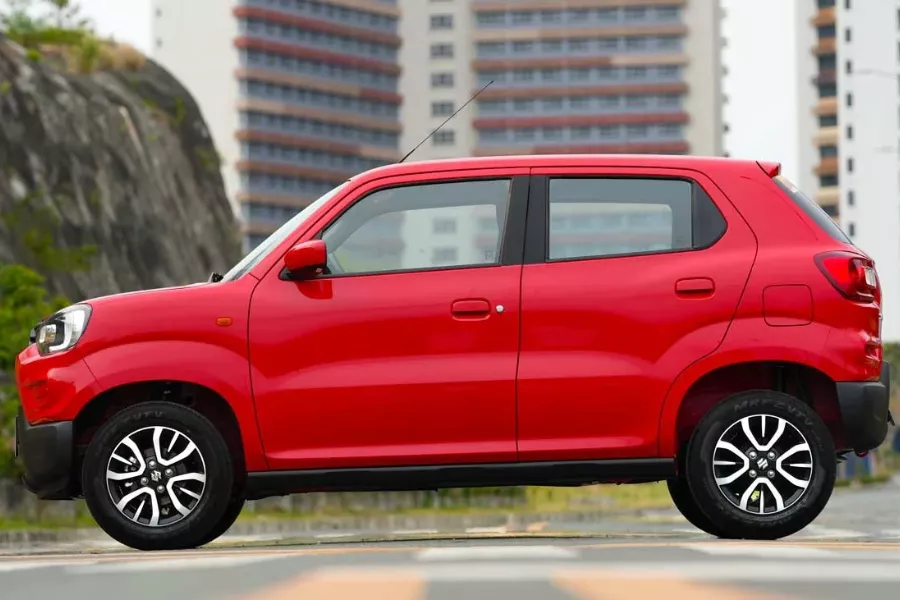
Technology & Safety
The Philippine-spec S-Presso comes equipped with a 7-inch touchscreen head unit that has an AM/FM radio tuner, USB and Bluetooth connectivity, as well as video, music, and photo playback. Manual air-conditioning controls with rotary switches are located below the display.
For safety, the Suzuki S-Presso Philippines offers anti-lock brakes with electronic brakeforce distribution, dual front airbags, four 3-point ELR seatbelts with one 2-point lap belt, and ISOFIX child seat anchor points. Childproof rear door locks and rear parking sensors are also included, as well as seatbelt reminders for the front occupants.
In crash tests conducted by Global NCAP, the S-Presso scored zero stars out of five for the base variant without seatbelt pre-tensioners, front passenger airbags, and ISOFIX anchors, features that are omitted on the Indian-spec base trim.
The 2025 AGS variant then gets hill-hold control.
Platform & Chassis
The Philippine-spec S-Presso is built around the fifth-generation HEARTECT K platform, which Suzuki Philippines claims uses advanced and ultra-high tensile steel. Better ride quality and handling are achieved through increased rigidity, while the chassis reduces the vehicle’s weight by up to 30 kg. The platform has been in use since 2014 on the Suzuki Alto and currently underpins a range of other Suzuki models such as the Swift, DZire, Ertiga, and XL7.
Suzuki designed the frame of the S-Presso to center around the Total Effective Control Technology (TECT) concept, resulting in a structure that can absorb and disperse crash energy in the event of a collision. Electric power steering combined with the vehicle’s small dimensions allows it a minimum turning radius of 4.5m. Front MacPherson strut and rear torsion beam suspension are standard.
Engine & Drivetrain
The Suzuki S-Presso sold in the Philippines runs on a 1.0-liter K10B 3-cylinder gasoline engine that produces 67 hp and up to 90 Nm of torque. This is mated to a 5-speed manual transmission or 5-speed auto-gear shift gearbox that routes power to the front wheels.
Available colors for the Suzuki S-Presso 2025 in the Philippines include Sizzle Orange, Fire Red, Metallic Granite Gray, Metallic Silky Silver, and Pearl Starry Blue (exclusive to the Special Edition).
The Suzuki S-Presso 2025's main advantage is in terms of price compared to its rivals, as it is currently the most affordable car that can be bought brand-new in the market. It matches the Toyota Wigo in terms of ground clearance but is generally smaller in most respects than other contenders in the segment. Owing to its price tag, the S-Presso had to do away with certain interior amenities such as power windows on the rear doors, although it still manages to come with a touchscreen head unit that has Bluetooth connectivity. However, it is only available in a 5-speed manual transmission.
Suzuki S-Presso 2025 Price List
Let's check out the Suzuki S-Presso 2025 price in January in the Philippines.
| Variants | Price |
|---|---|
| Suzuki S-Presso GL MT | ₱634,000 |
| Suzuki S-Presso GL AGS | ₱674,000 |
Suzuki S-Presso Pros & Cons
Pros
- Affordable
- SUV styling
- Roomy cabin
-
Outstanding fuel economy
Cons
- Subpar insulation against noise and vibration
- No Apple CarPlay/Android Auto
- No tachometer for gear shifts
- Available only with a manual transmission
Suzuki S-Presso FAQs
1. What are the dimensions of Suzuki S-Presso?
The overall dimension of the Suzuki S-Presso is 3,565 mm length x 1,520 mm width x 1,565 mm height.
2. Is the Suzuki S-Presso automatic or manual?
The Philippine-spec Suzuki S-Presso is only offered with manual transmission.
3. How much is Suzuki S-Presso 2024 in the Philippines?
The price of the new S-Presso in the Philippines ranges from 620,000 Php for the GL to 660,000 for the AGS.
4. How many color options does the Suzuki S-Presso have?
Locally, Suzuki S-Presso has 4 available colors: Metallic Silky Silver, Sizzle Orange, Metallic Granite Grey, and Fire Red.
5. Is the Suzuki S-Presso a hatchback?
Yes, it is.
₱ 620,000 - ₱ 660,000
ExploreRecent posts
- Suzuki S-Presso vs rivals Mar 11, 2022
- suzuki s-presso financing guide Mar 11, 2022
- Suzuki Philippines price List 2025 Nov 05, 2018






